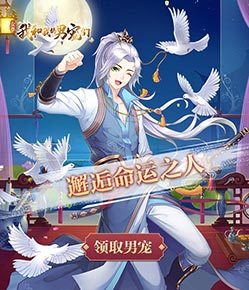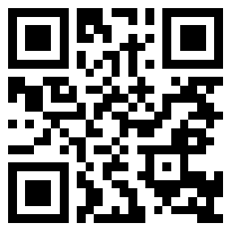UNESCO intangible cultural heritage: Regong arts
Editor's note:Regong arts, best known for their thangka paintings, are an important and distinctive part of Tibetan Buddhist arts. In 2009, they were inscribed on UNESCO's Representative List of the Intangible Cultural Heritage of Humanity.
Regong means "golden valley where dreams come true" in Tibetan. This "valley" is located in the middle reaches of the Longwu River in present-day Tongren, Huangnan Tibetan autonomous prefecture in northwestern China's Qinghai province.
In the 13th century, Regong arts originated from this "valley" and have since developed into a widely recognized school of Tibetan Buddhist arts. As a collection of diverse artistic forms, Regong arts mainly include painting, sculpture, embroidery and architectural decoration. Both Tibetan monks and folk artists, along with local farmers, herdsmen and craftsmen of various ethnic groups, such as Tibetan, Tu and Mongolian, have contributed to the development of this cultural heritage.
Among all Regong art forms, thangka paintings are the most popular and have gained fame both in China and around the world. Renowned for their sophisticated workmanship, rich content and bright colors, thangkas are created mainly to worship Buddha, mythic figures and eminent monks. These artworks range widely in size, with large examples considered to be highly valuable and collected by temples, museums and individuals.
On Feb. 22 this year, some 40,000 people from home and abroad attended the annual "sunning of the Buddha" ceremony at Labrang Monastery in Gansu province. At this grand Tibetan Buddhist event, a huge thangka scroll bearing the image of the Buddha was transported by around 100 lamas from a ure room to a nearby hill where it was unrolled for believers to worship and visitors to pray for good luck. The monastery was built in 1709 and serves as a leading Tibetan Buddhism educational institution. This ceremony is one of its most important events, with the giant thangka scroll displayed as its precious treasure.
Thangka paintings are also sometimes showcased in museums. At the Qinghai Tibetan Culture Museum in Xining, the capital of Qinghai province, a 618-meter-long thangka, with a width of 2.5 meters, features more than 700 design patterns and over 183,000 portraits, depicting the religion, myths, history, culture, art, medicine, astronomy, geography and folk customs of the Tibetan ethnic group. More than 400 artists, led by master Tsondru Rabgye, spent 27 years designing and painting the scroll, finally completing it in 1999. Two decades later, leading collectors in Hong Kong estimated the scroll's value to be at least 7.2 billion yuan (about $1 billion).
In addition to their superb craftsmanship and rich content, thangka paintings are also known for their elegant colors, most of which are extracted from natural ore. Such natural mineral pigments can prevent the colors of paintings from fading for several hundred years. Regong artists also grind minerals such as gold, silver, turquoise, malachite, saffron and indigo to create colorful pigments. Moreover, the painters strictly follow the "Lection of Measurement," a Buddhist painting book, to draw lines, shape figures, match colors, design patterns and make decorations.
Regong arts also include murals, clay sculptures, wooden sculptures, stone carvings, embroideries, paintings on buildings, sand paintings and butter sculptures. In 2006, Regong arts were included in China's first group of national intangible cultural heritage. In 2009, they were added to UNESCO's Representative List of the Intangible Cultural Heritage of Humanity.
Regong arts "are widely recognized by dwellers in Tibetan communities and traditional craftsmen in China," according to UNESCO. "The important historical cultural heritage reflects the essence of the culture of Tibetan Buddhism monasteries and folk arts in Regong area, having remarkable social, historical and artistic values." In 2023, Tibetan arts, with Regong arts as an important representative, alongside Tibetan opera, cuisine and the region's landscape, attracted over 55 million visitors to the area.
Discover more treasures from China on UNESCO's ICH list:
• 2022:Traditional tea processing
• 2020:Wangchuan ceremony,taijiquan
• 2018:Lum medicinal bathing of Sowa Rigpa
• 2016:Twenty-four solar terms
• 2013:Abacus-based Zhusuan
• 2012:Training plan for Fujian puppetry performers
• 2011:Shadow puppetry,Yimakan storytelling
• 2010:Peking opera,acupuncture and moxibustion,wooden movable-type printing,watertight-bulkhead technology of Chinese junks,Meshrep
• 2009:Yueju opera,Xi'an wind and percussion ensemble,traditional handicrafts of making Xuan paper,traditional firing techniques of Longquan celadon,Tibetan opera,sericulture and silk craftsmanship,Regong arts





 +61
+61 +86
+86 +886
+886 +852
+852 +853
+853 +64
+64


